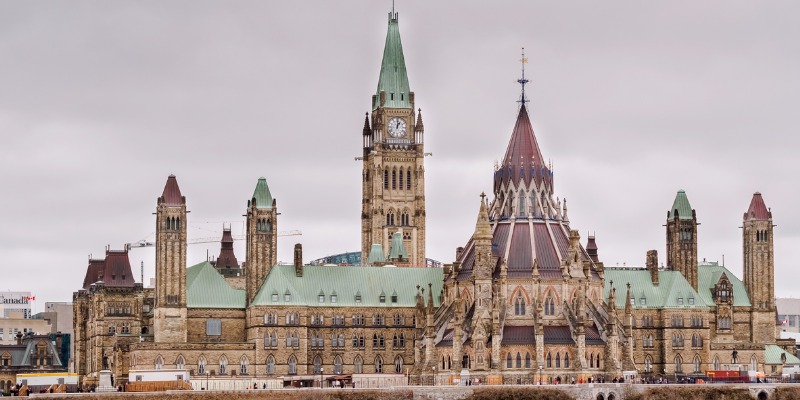Federal government debt interest costs nearly double in just two years

For years, until the latter stages of the pandemic, governments across Canada benefited from historically low interest rates, which made it relatively inexpensive to borrow money. Many governments chose to increase spending and run deficits, seeming to assume interest rates would stay low forever. But then reality hit in 2022.
As inflation reached its highest point since the 1980s, the Bank of Canada raised its policy interest rate from 0.25 per cent to 5.00 per cent in the span of 15 months. This substantial hike made it more expensive to borrow money not only for consumers and businesses but governments, too.
Since taking office, the Trudeau government has run uninterrupted budget deficits and accumulated nearly $1 trillion in total debt. When interest rates were historically low in 2021, Finance Minister Chrystia Freeland claimed “it would be shortsighted” not to make “investments” and borrow money to pay for new spending. After interest rates rose significantly only one year later, however, it appears the Trudeau government was shortsighted.
From fiscal year 2021/22 to 2023/24, federal debt interest costs nearly doubled from $24.5 billion to $46.5 billion. Consequently, Ottawa will spend almost as much on debt interest in 2023/24 as it spends on the Canada Health Transfer ($49.4 billion), which is sent to provinces to help fund health-care services. The government also spends more on interest costs than on the Canada Child Benefit and national daycare programs combined ($31.2 billion).
It's a similar story in the provinces including British Columbia, Ontario and Quebec. Debt interest costs have grown markedly since 2020, though much less than for the federal government. For example, in 2023/24 the B.C. government will pay more in debt interest ($3.3 billion) than what it collects from its provincial carbon tax. Ontario will spend more on interest costs this year ($13.4 billion) than what it spends on post-secondary education. And interest costs in Quebec ($9.9 billion) are currently larger than the amount of revenue the province receives from Ottawa through the Canada Health Transfer.
Of course, Canadian families bear the burden. Governments pay debt interest through general revenue, which ultimately comes from taxpayers. As government debt interest costs rise, they divert money away from services such as health care, education and social services.
While the scale of indebtedness varies depending on where you live, the combination of federal and provincial debt interest will cost residents anywhere from $1,764 per person in B.C. to $3,225 per person in Newfoundland and Labrador in 2023/24.
Clearly, governments across the country have a bad habit of dining on borrowed money. But by returning to balanced budgets and paying down debt, governments can begin to quell the growth in debt interest costs. Unfortunately, only two provinces (New Brunswick and Alberta) plan to run balanced budgets this year even though it’s well within the capabilities of all 10.
The recent ascent in interest rates may be near its end, but Canadians will continue to pay the price for the shortsighted decisions of governments to continuously borrow money.


